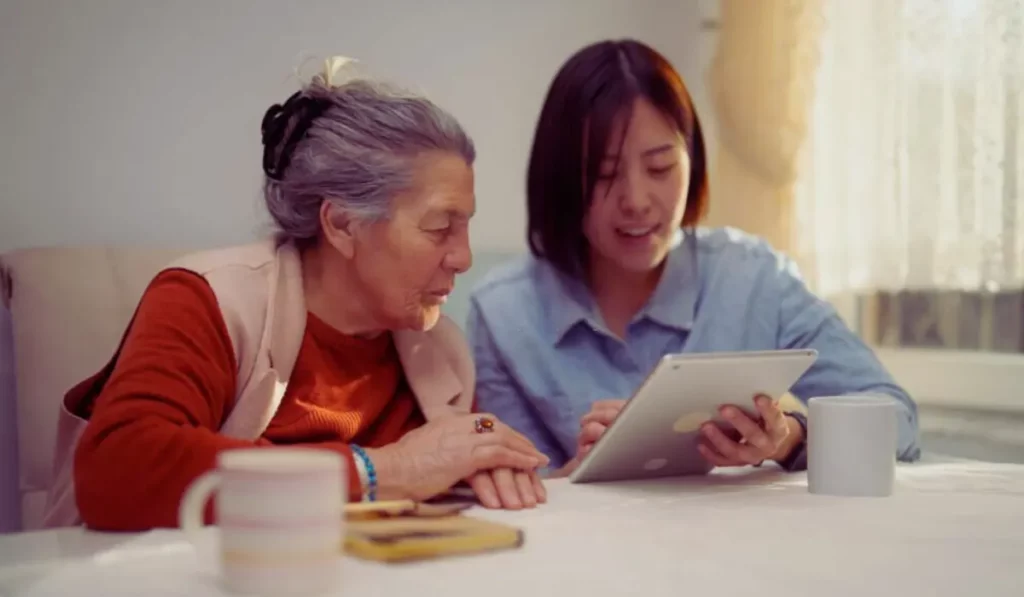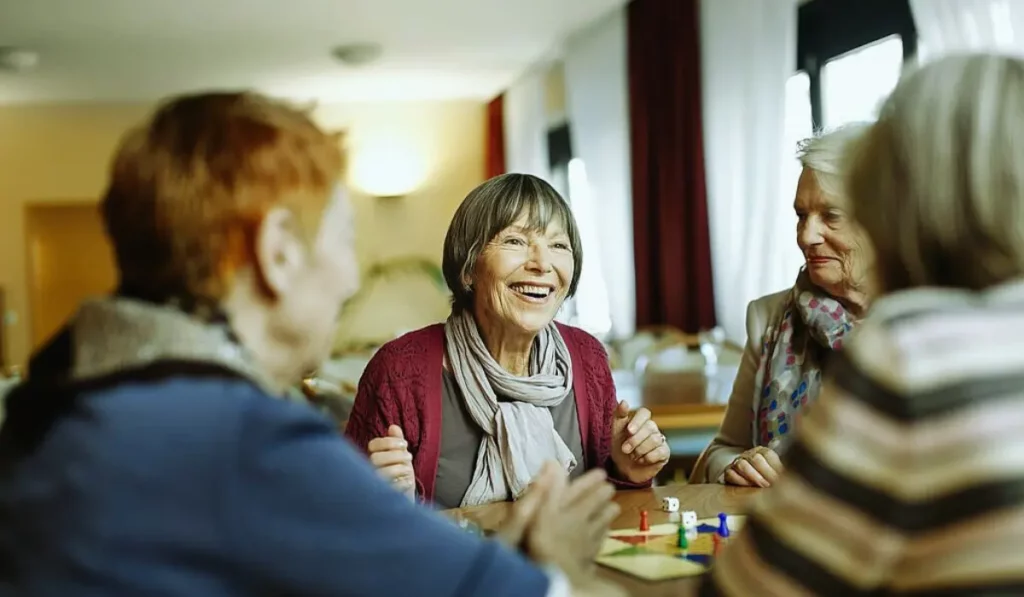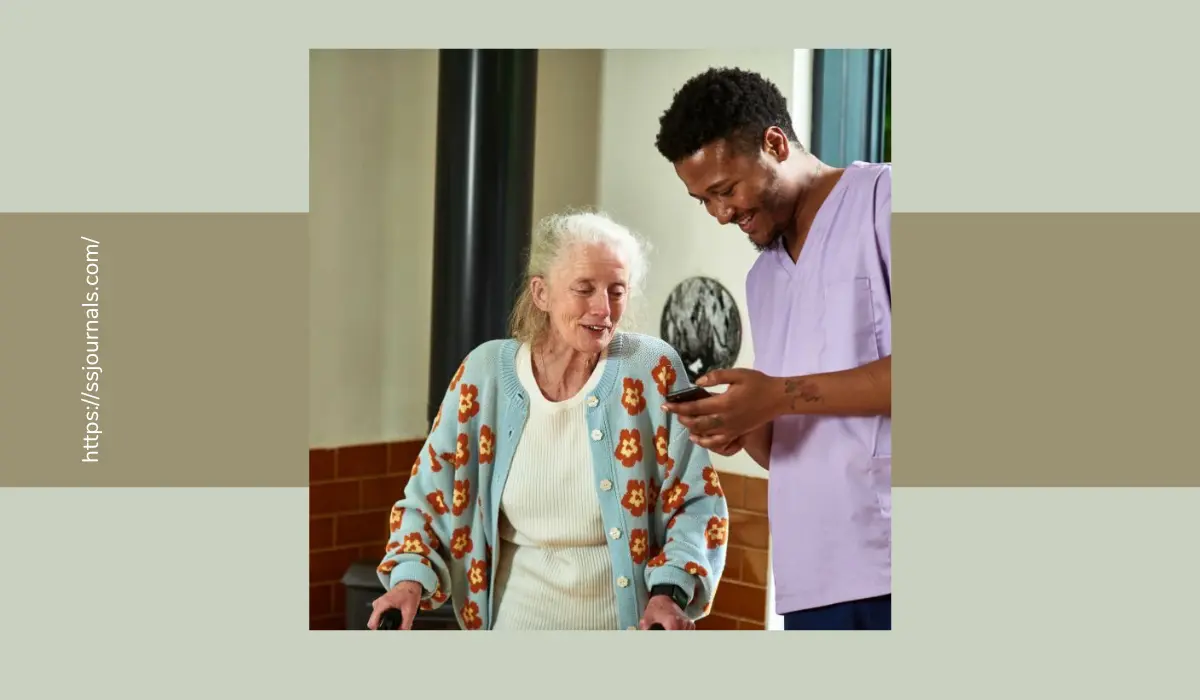In the United States and worldwide, people are becoming more conscious of the detrimental effects of loneliness and social isolation on their health. The COVID-19 epidemic, aging-related demographic shifts, and technological improvements have sparked research and increased awareness of social isolation, loneliness, and, conversely, the protective effect of social connectedness. When people are navigating different life events, such as getting older, nearing the end of their lives, and dealing with sorrow, they can use the protective factor of social connection as a tool.
Social isolation is distinguished from loneliness, the subjective sensation of a lack of connection to other people and a desire for more fulfilling interactions. Social isolation is characterized as having objectively few social contacts and infrequent social contact. While the two terminologies have different meanings, the Global Initiative on Loneliness and Connection (GILC) emphasizes that they can co-occur. While some people may experience loneliness without social isolation, others may experience the opposite. Given these realities, it is critical to distinguish between these experiences to develop and implement effective solutions.
Living alone, losing a family member or friend, dealing with a chronic illness, or hearing loss are all circumstances linked to social isolation and loneliness in older persons. Physical, functional, and cognitive decline are all risk factors for loneliness and social isolation, and they are more likely as we age.
The Impact On Society, Physical And Mental Health
A person’s mental health can also be harmed by social isolation and loneliness, raising their chance of developing anxiety, depression, and cognitive decline. Suicidal ideation and conduct have been linked to loneliness, and evidence suggests this association may be stronger in people over 55.

While social isolation and loneliness are bad for people, they also affect society, and the cost of treating these long-term disorders puts pressure on the American healthcare system. According to projections from the U.S. Census Bureau4, the number of Americans 65 and over is expected to nearly double from 52 million in 2018 to 95 million by 2060, or roughly one-fifth of the population. Social isolation has significant financial repercussions, with Medicare spending $6.7 billion annually due to socially isolated people.
Related: Can Social Media Affect Mental Health?
Healthcare could become more accessible both practically and logically, thanks to digitization. As a result, there are chances to incorporate ideas like social connectedness, social isolation, and loneliness into American health systems.
Different technological interventions can help older individuals interact with others in their networks, such as family and friends, or to help them widen their networks to include peers.
Some technological solutions to reduce social isolation and loneliness might not necessarily involve other people. Robotic pets have been demonstrated to relieve stress and anxiety in dementia patients and loneliness in older people, especially those who live alone or have few social connections.
There is evidence that connections can be facilitated by accessible and affordable transportation. Lack of mobility makes it difficult to participate in possible group activities and social engagements and go to medical care appointments.
The physical space design significantly influences the establishment and maintenance of meaningful connections. This term incorporates various concepts, such as promoting interaction among residents in common parts of housing, designing public spaces to ensure safety, and emphasizing accessible community spaces where people can gather.
Like housing and transportation, the nutrition industry may reduce the harmful impacts of social isolation and loneliness on older people. According to a study, providing older people with social connections and meaningful human interaction through daily meal delivery and other initiatives has increased their feelings of connectivity.

The detrimental impacts of social isolation and loneliness on older people are of the utmost importance, and COVID-19-related mitigating strategies worsen these effects. Even though social isolation and loneliness are serious problems for older people, there are proactive and preventive remedies that need to be readily available, reasonably priced, and fairly distributed. Technology, housing, transportation, and nutrition interventions can help lower the negative effects of social isolation and loneliness on one’s physical, emotional, and mental health.
Conclusion
In summary, maintaining social bonds is key to healthy aging. Prioritizing relationships with family, friends, and community provides emotional support, cognitive stimulation, and a sense of belonging. While social connections may naturally decline with age, consciously engaging with loved ones combats isolation’s health risks. From shared activities to volunteer work, there are many ways to foster meaningful interactions no matter one’s stage of life. Strong social connection leads to increased life satisfaction and well-being as we age.

